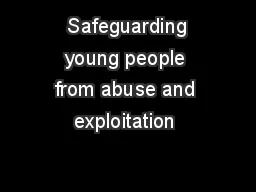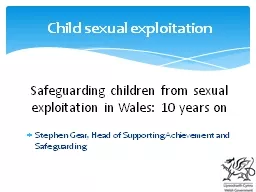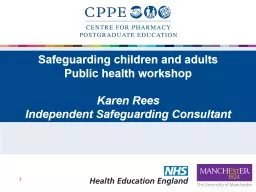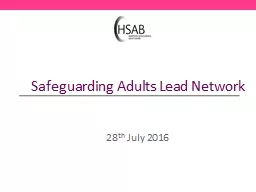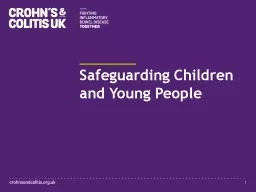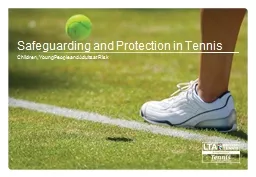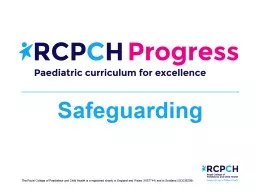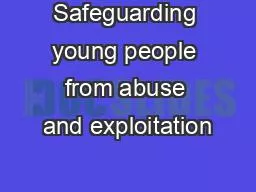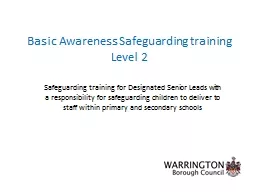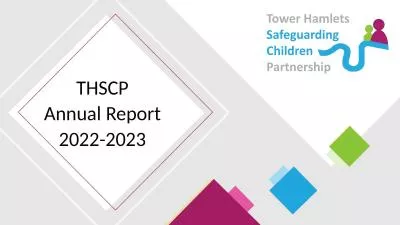PPT-Safeguarding young people from abuse and exploitation
Author : debby-jeon | Published Date : 2020-04-04
Next Steps and Implications for Education Providers Dr Carlene Firmin MBE Senior Research Fellow and Head of MsUnderstood Partnership carlenefirmin uniofbedsCSE
Presentation Embed Code
Download Presentation
Download Presentation The PPT/PDF document " Safeguarding young people from abuse an..." is the property of its rightful owner. Permission is granted to download and print the materials on this website for personal, non-commercial use only, and to display it on your personal computer provided you do not modify the materials and that you retain all copyright notices contained in the materials. By downloading content from our website, you accept the terms of this agreement.
Safeguarding young people from abuse and exploitation : Transcript
Download Rules Of Document
" Safeguarding young people from abuse and exploitation "The content belongs to its owner. You may download and print it for personal use, without modification, and keep all copyright notices. By downloading, you agree to these terms.
Related Documents

